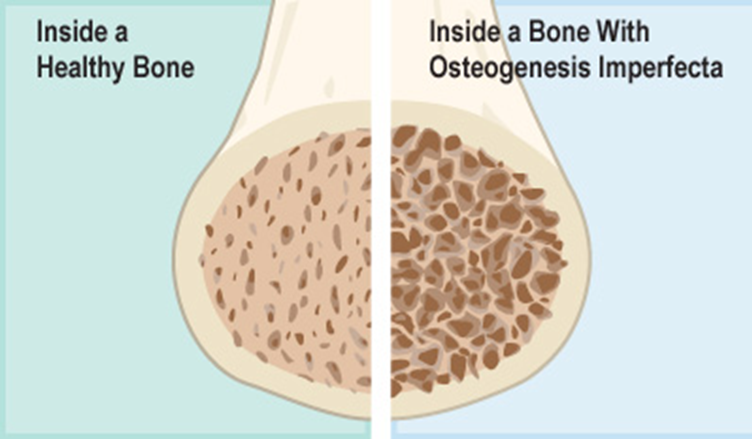Which modification is usually tried first when a child is diagnosed with juvenile idiopathic arthritis (JI
Aspirin
Corticosteroids
Nonsteroidal anti-inflammatory drugs (NSAIDs)
Disease Modifying Anti-Rheumatoid Drugs (DMARDs)
The Correct Answer is C
The correct answer is c. Nonsteroidal anti-inflammatory drugs (NSAIDs)
Choice A reason:
Aspirin was once commonly used to treat juvenile idiopathic arthritis (JIA), but it is no longer the first-line treatment due to its potential side effects, such as gastrointestinal issues and Reye’s syndrome in children. While it can still be used in some cases, it is not the preferred initial treatment.
Choice B Reason:
Corticosteroids are effective in reducing inflammation and controlling symptoms of JIA, but they are not typically used as the first-line treatment due to their potential side effects, including weight gain, growth suppression, and increased risk of infections. They are usually reserved for more severe cases or when other treatments have failed.
Choice C Reason:
Nonsteroidal anti-inflammatory drugs (NSAIDs) are usually the first-line treatment for juvenile idiopathic arthritis. They help reduce inflammation, relieve pain, and improve joint function. NSAIDs are generally well-tolerated and have a long track record of safety and effectiveness in managing JIA.
Choice D Reason:
Disease Modifying Anti-Rheumatoid Drugs (DMARDs), such as methotrexate, are used in the treatment of JIA, but they are not typically the first-line treatment. DMARDs are often prescribed when NSAIDs are not sufficient to control the symptoms or when the disease is more severe. They help slow the progression of the disease and prevent joint damage.
Nursing Test Bank
Naxlex Comprehensive Predictor Exams
Related Questions
Correct Answer is ["A","B","D","E"]
Explanation
Choice A reason:
Jaundice can be an assessment finding in infants with a urinary tract infection (UTI). UTIs can cause systemic symptoms in infants, including jaundice, especially in newborns. This is due to the immature liver function and the body’s response to infection1. Jaundice in the context of a UTI requires prompt medical evaluation and treatment to prevent complications.
Choice B reason:
Failure to gain weight is another possible assessment finding in infants with a UTI. Infants with UTIs may experience poor feeding, irritability, and lethargy, which can contribute to inadequate weight gain2. Monitoring an infant’s growth and development is crucial, and any signs of failure to thrive should prompt further investigation for underlying conditions such as UTIs.
Choice C reason:
Swelling of the face is not typically associated with UTIs in infants. While facial swelling can be a sign of other medical conditions, it is not a common symptom of UTIs. UTIs primarily affect the urinary system and may cause symptoms such as fever, irritability, and poor feeding.
Choice D reason:
Persistent diaper rash can be an assessment finding in infants with a UTI. The presence of a UTI can lead to increased urine output and changes in urine composition, which can irritate the skin and contribute to diaper rash. Persistent or recurrent diaper rash in conjunction with other symptoms may warrant further evaluation for a UTI.
Choice E reason:
Vomiting is a common symptom in infants with UTIs. The infection can cause gastrointestinal symptoms such as vomiting, diarrhea, and poor feeding. These symptoms, along with fever and irritability, are often seen in infants with UTIs and should prompt medical evaluation.
Correct Answer is D
Explanation
Choice A: OI is Easily Treated
Osteogenesis imperfecta (OI) is not easily treated. It is a genetic disorder characterized by fragile bones that break easily. While there are treatments available to manage symptoms and improve quality of life, there is no cure for OI1. Treatments include medications to strengthen bones, physical therapy, and surgical procedures.
Choice B: With a Later Onset, the Disease Usually Runs a More Difficult Course
The severity of osteogenesis imperfecta can vary widely, but it is not necessarily true that a later onset leads to a more difficult course. The course of the disease depends on the type of OI and the specific genetic mutation involved. Some types of OI are more severe and present earlier in life, while others are milder and may not be diagnosed until later.
Choice C: Braces and PT Exercises are of No Therapeutic Value
This statement is incorrect. Braces and physical therapy (PT) exercises are valuable in managing osteogenesis imperfecta. Physical therapy helps in building muscle strength, improving joint movement, and preventing fractures. Braces can provide support for weak muscles, decrease pain, and keep joints properly aligned.
Choice D: OI is an Inherited Disorder
This statement is true. Osteogenesis imperfecta is a genetic disorder that is usually inherited in an autosomal dominant pattern. This means that a person only needs one copy of the defective gene from one parent to inherit the disorder. In some cases, OI can also occur due to a spontaneous mutation.

Whether you are a student looking to ace your exams or a practicing nurse seeking to enhance your expertise , our nursing education contents will empower you with the confidence and competence to make a difference in the lives of patients and become a respected leader in the healthcare field.
Visit Naxlex, invest in your future and unlock endless possibilities with our unparalleled nursing education contents today
Report Wrong Answer on the Current Question
Do you disagree with the answer? If yes, what is your expected answer? Explain.
Kindly be descriptive with the issue you are facing.
